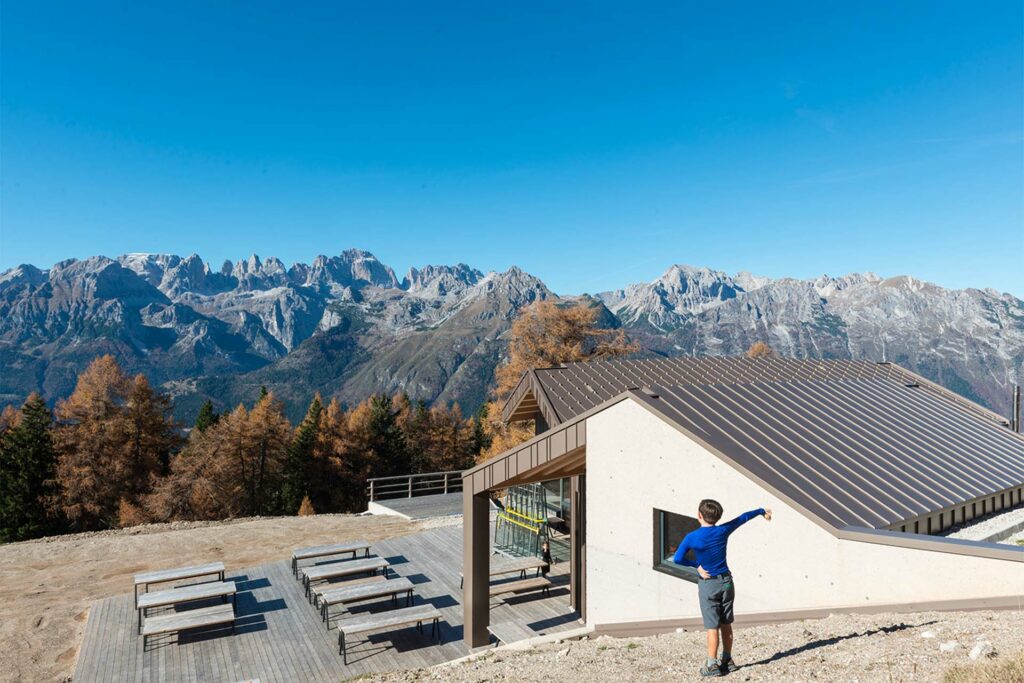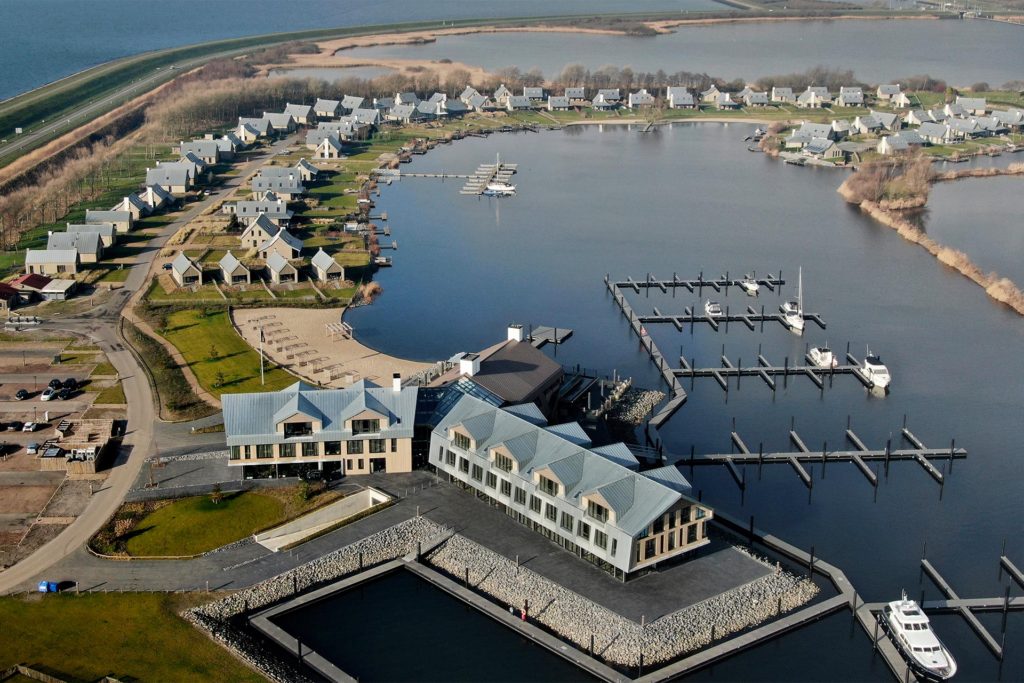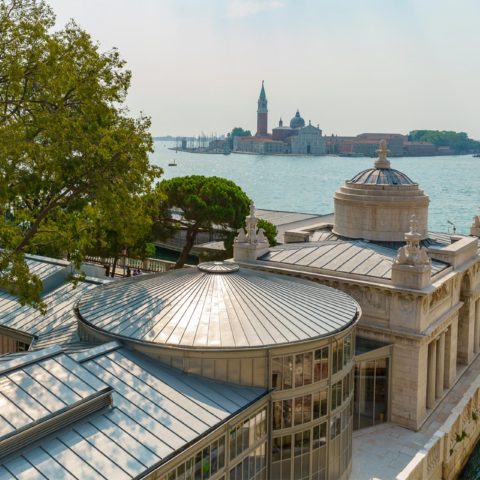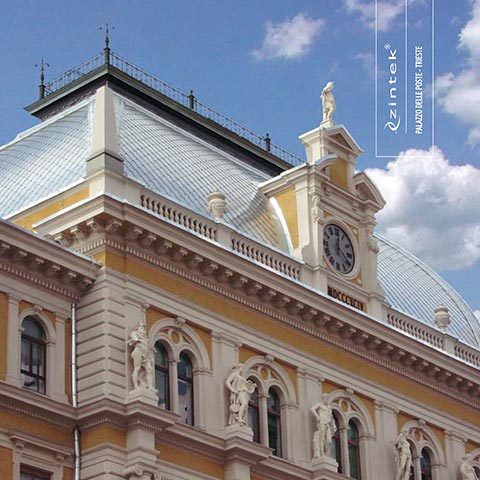Growing pollution, melting glaciers and increasing number of respiratory tract disorders are just some of the reasons that have led most nations of the world to commit themselves to fight climate change for several years. The last important act was the Paris agreement signed in 2015 by 196 States – including Italy – which provides for the maximum cooperation of all countries with the aim of accelerating the reduction of greenhouse gas emissions, so as to contain within 2° the increase in global temperature.
In line with these trends, architecture has also begun to question these issues, elaborating theories and projects based on the concept of sustainability. A goal to be pursued by limiting (or eliminating) the use of polluting materials or materials that are difficult to dispose of, and via energy efficiency. This defines the capacity of a physical system – and therefore also of a building – to “achieve more with less”: use less energy, while increasing the energy efficiency, and thus reducing the so-called running costs.
An example of construction that merges efficiency, sustainability and respect for the environment in which it is located, is the restructuring, carried out in 2014, of the headquarters of Il Messaggero di Sant’Antonio Editore in Padua.

At the origin of the project of restoration of the building there was in fact the will to reduce the consumption of the air conditioning systems in summertime and the consumption of heating systems during wintertime, and fix glare-related problems and ensure powerful insulation in offices, fix infiltration from the roof, and provide for continuous maintenance. And, last but not least, increase the overall comfort.
In order to face all these issues, it was decided to use a material that has not yet been used in Italy for historical restoration: zintek® zinc-titanium sheet metal. The versatility and the technical characteristics of this alloy, as well as the eco-sustainability issues, have pushed the architectural firm involved in the project to use it. The new zintek® cover – in addition to eliminating the need for continuous maintenance – has, in fact, made it possible to improve interior comfort, limiting heat loss. Combined with the other interventions – such as the replacement of windows and sun blinds – it has in fact allowed, right away, for a decrease in energy consumption by 70% in the first month of commissioning, to settle further to an average of 55% in monthly savings. The restoration of the Il Messaggero complex thus demonstrates how, thanks to new materials, it is possible to obtain excellent results in terms of energy saving even on old buildings, while maintaining harmony with the surrounding urban context.








